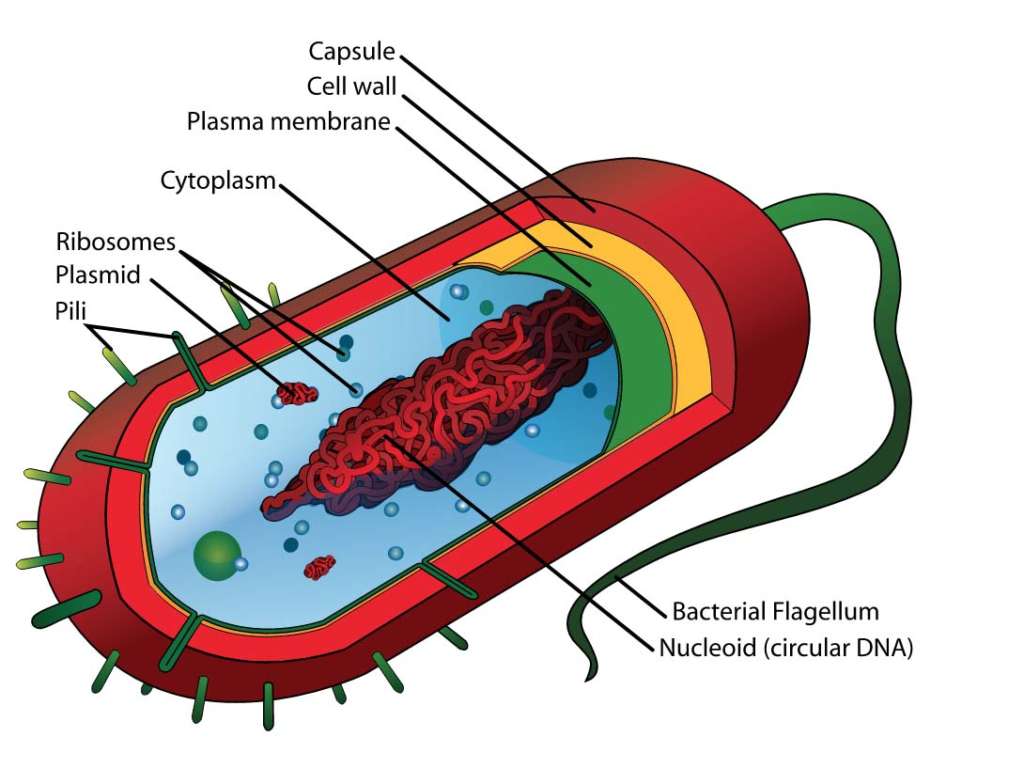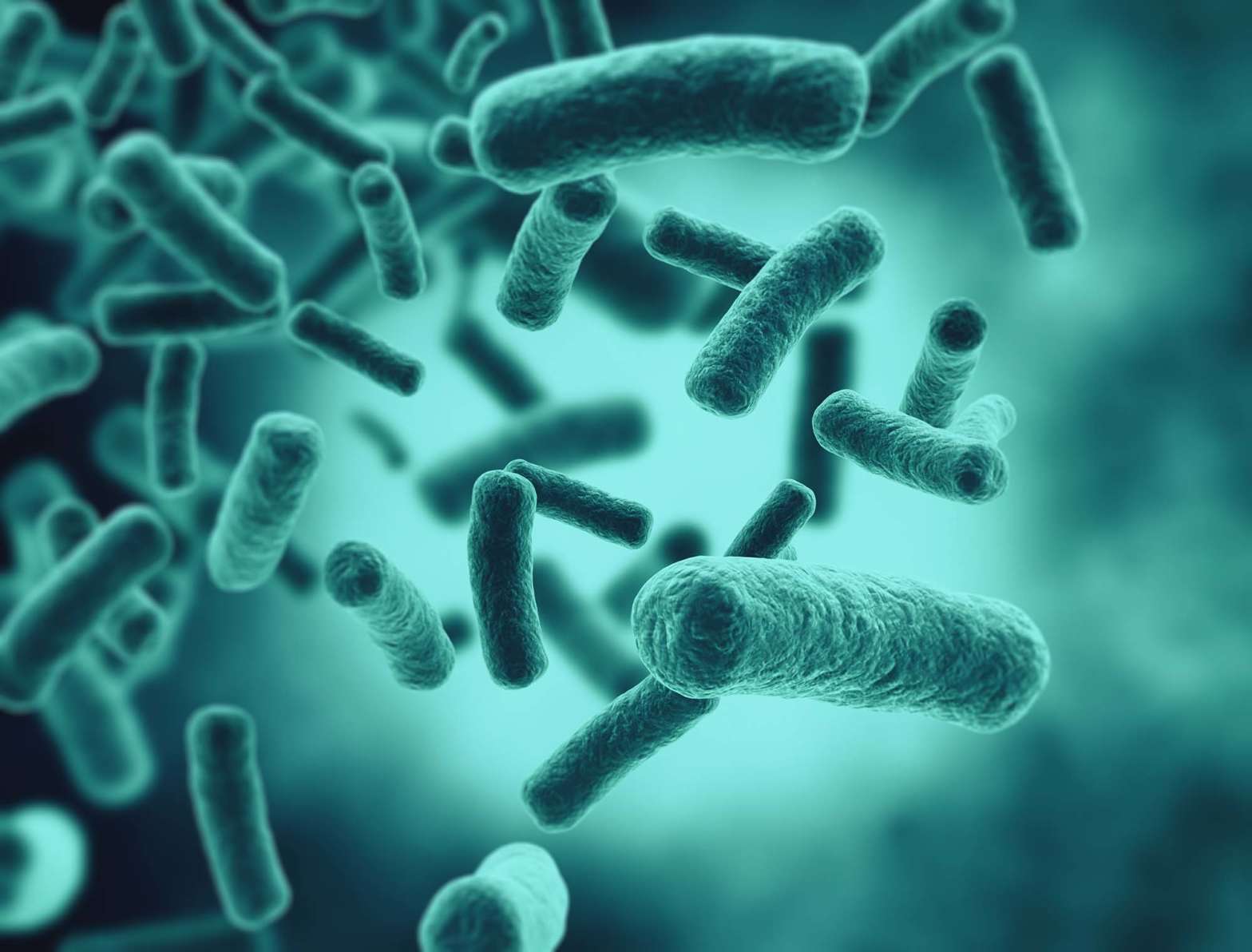As kids, we were told to go play outside in the dirt, but why is this good for us? Bacteria are everywhere! Bacteria can be found living on rocks, in soil, on plants and rocks, and in our bodies. They can be found in almost any habitat.
Playing in the dirt and being out in nature exposes us to many different types of bacteria. These bacteria help form our microbiome, which increases our overall health. Bacteria are important for plants because they fix nitrogen into nitrate, the form of nitrogen that plants can use.
Bacteria can be both harmful and beneficial, and there are so many different kinds. Some bacteria may hurt the health of your plants, while others help release important nutrients and minerals which make your plants grow well.
Bacteria can get nutrition in different ways depending on the type of bacteria and where it lives. They can be heterotrophic (like humans) or autotrophic (like plants). Some bacteria need chemical energy and others need light to generate energy.
We know that we get our nutrition from consumption and plants get their nutrients from minerals in the soil and photosynthesis; but how do bacteria get nutrition?
What Are Bacteria?
Bacteria are prokaryotic organisms. Bacteria are unicellular (composed of one cell); lack membrane-bound organelles; lack a nucleus; have plasmid DNA (circle-shaped) and reproduce via binary fission. They are very different from humans, who are multi-cellular complex organisms.
But don’t be fooled by their simple composition, bacteria play a pivotal role in ecosystems and the nitrogen cycle. Bacteria can perform many different metabolic processes and can exist in anaerobic conditions. Anaerobic means the processes can occur in the absence of oxygen.

Why are Bacteria Important?
Bacteria play important roles in the ecosystems they inhabit. They can form different types of symbiotic relationships (ie: parasitic, symbiotic, mutualistic) Some chemoautotrophic bacteria that live in soil are called nitrifying bacteria. These bacteria oxidize ammonia to nitrate as part of the nitrogen cycle. Nitrate is the form of nitrogen used by plants.
Bacteria such as Rhizobium are heterotrophic and can be found on the roots of legumes. These bacteria are experts at nitrogen-fixing and provide a lot of nitrate in the soil. When farmers rotate crops, the new crops are exposed to a lot of nitrate in the soil which contributes to healthy plant growth.
Bacteria are decomposers and can break down dead organic matter such as plants or animals. This decomposition puts the nutrients back into the soil so that plants can absorb them with their roots.
Bacteria can also be pathogenic and be harmful to your plants and cause various diseases like blight, canker, and bacterial wilt.
Although bacteria are very important to plant and soil health, they are also used in the process of fermented foods; to form chemicals in industry; to harvest minerals like copper; and to clean up environmental disasters.
Types of Energy Sources:
Bacteria can be found in all types of habitats and they play an important role in the ecosystems they inhabit. Bacteria need macro-and micronutrients just like humans and plants. Some of the nutrients bacteria need are carbon, hydrogen, oxygen, nitrogen, phosphorus, sulfur, sodium, iron, calcium, magnesium, and zinc. Bacteria need these nutrients to perform functions such as synthesizing amino acids, carbohydrates, lipids, and DNA.
We can classify bacteria in many different ways, but in this article, we will focus on the way they get nutrition.
Bacteria can be classified based on their carbon source. Autotrophic bacteria use carbon dioxide as their source of carbon. Heterotrophic bacteria use organic molecules as their carbon source.
Bacteria can also be classified based on their energy source. Phototrophs use sunlight for energy. Chemotrophs get their source of energy from the oxidation of inorganic compounds.
Bacteria also have different ways to obtain electrons needed for metabolic processes. Lithotrophs use inorganic compounds (like minerals from rocks) to obtain electrons. Organotrophs obtain electrons from organic compounds (such as glucose).
To name bacteria based on their nutrition we combine the names from the three sources in the following order: energy source, electron source, and last carbon source. Table 1 below explains the different types of bacteria based on their nutrition sources.
Table 1: Classification of Bacteria Based on Nutrition
| Energy Source | Electron Source | Carbon Source | Classification of Bacteria | Example |
| sunlight (photo) | inorganic compounds (litho) | carbon dioxide (auto) | photolithoautotroph | cyanobacteria |
| chemical energy (chemo) | inorganic compounds (litho) | carbon dioxide (auto) | chemolithoautotroph | nitrifying bacteria |
| chemical energy (chemo) | organic compounds (organo) | carbon from organic molecules (hetero) | chemoorganoheterotroph | nonphotosynthetic microbes |
| sunlight (photo) | organic compounds (organo) | carbon from organic molecules (hetero) | photoorganoheterotroph | purple nonsulfur bacteria |
| chemical energy (chemo) | inorganic compounds (litho) | carbon from organic molecules (hetero) | chemolithoheterotrophs | sulfur-oxidizing bacteria |
Bacteria Nutrition
Bacteria take in their nutrients via cellular transport pathways. We know that bacteria are simple unicellular organisms that have a cell wall and cell membrane. In addition to nutrients, bacteria also need enzymes and growth factors that help that with metabolic processes. Bacteria take in nutrients via different types of passive and active cell transport.
Some nutrients can be taken in via types of passive transport like diffusion and facilitated diffusion. This involves the transfer of molecules down the concentration gradient and into the cell, without the use of energy.
Some nutrients are taken into the cell via active transport which involves the use of energy. These substances move against their concentration gradient, from where there is less to where there is more.
Bacteria also take in nutrients via group translocation. Group translocation is a process in which substances move into the cell but are transformed into another substance in the process. Bacteria are pretty cool!
Bacteria in Your Hydroponic System:
We know how important bacteria are to ecosystems, but how can you increase the microbial life in your hydroponic system? Green House Feeding Bio Line is the perfect addition to your hydroponic system. The Bio Line is an organic, non-GMO line of nutrients and minerals that can be added either to your substrate or as a top dressing. The nutrient mixture in this line helps promote microbial life in your hydroponic system. There are microbes naturally in the product’s raw ingredients which help in the decomposition of organic matter. When the matter decomposes, essential nutrients and minerals become available to your plants!
Summary:
Bacteria are a diverse group of organisms that, although simple, have a variety of methods to intake nutrients. Bacteria play important roles in the ecosystems they are a part of. They will help fix nitrogen into nitrate for healthy plant growth. Green House Feeding Bio Line products can help promote microbial life in your hydroponic system.
